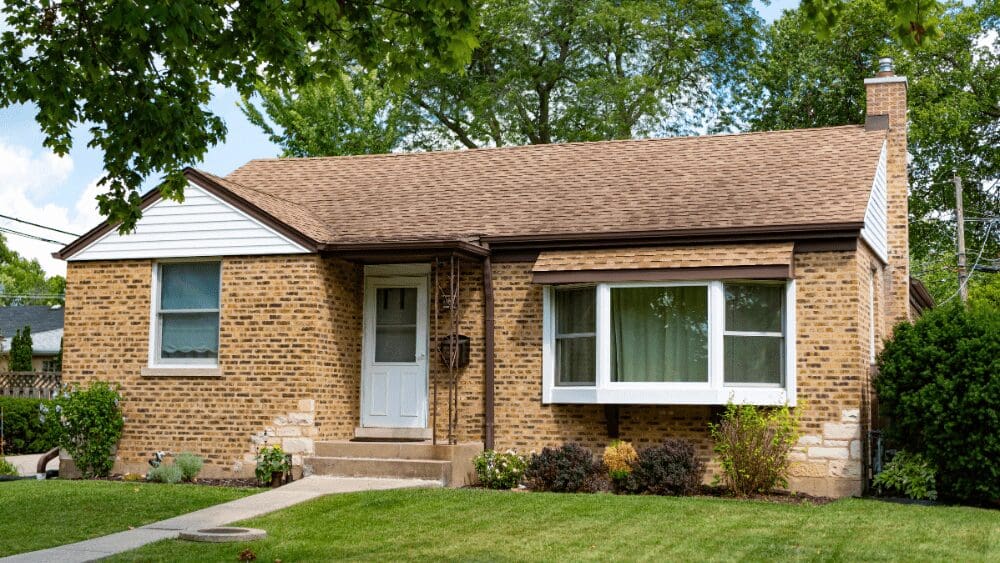
Navigating the real estate market in Minnesota can feel like a high-wire act, especially when you’re juggling the sale of your current home with the purchase of a new one. This balancing act becomes even more challenging when faced with Minnesota’s fluctuating inventory and soaring prices. You might find yourself in a dilemma, thinking your only option is to sell your existing home, move to a temporary location, and then embark on the hunt for your dream house. But what if there’s a smoother path to transition from your old home to your new one? Enter the bridge loan, a financial lifeline that can synchronize the purchase of your new Minnesota home while leveraging the equity of your current property. A bridge loan isn’t just another financing option; it’s a strategic tool tailored for homeowners like you, seeking a seamless move in today’s complex market. Let’s explore how a bridge loan can be the missing puzzle piece in your homebuying and selling journey. A bridge loan is essentially a short-term financial boost, designed to help you, the homeowner, navigate the period between buying a new home and selling your existing one. Imagine it as a financial “bridge” that carries you smoothly over the gap between these two significant transactions. This type of loan taps into the equity of your current home, providing the necessary funds for a down payment and other expenses linked to your new home purchase. It’s like having a financial safety net, ensuring you don’t miss out on securing your new dream home in Minnesota while you’re still in the process of selling your old one. Bridge loans usually have higher interest rates compared to traditional mortgages, given their short-term nature and the risk they carry for lenders. Imagine you’re a homeowner in Minnesota, eager to move into your new dream home, but your current house hasn’t sold yet. This is where a bridge loan steps in, offering a practical solution to this timing dilemma. It allows you to tap into the equity of your existing home, providing the funds needed for the down payment and closing costs of your new property. In many scenarios, the same lender managing your new mortgage will also handle your bridge loan. They’ll typically want to see that your current home is actively listed for sale and will offer the bridge loan for a period ranging from six months to a year. A key factor in this process is your debt-to-income ratio (DTI). This ratio will include the payments you’re making on your existing mortgage, the payments for your new home, and any interest-only payments on the bridge loan. The DTI helps lenders assess your ability to handle payments on both properties simultaneously, a critical consideration if your current home doesn’t sell immediately. However, there can be a bit of relief if your current home is already under contract and the buyer has secured their loan approval. In this case, some lenders may only consider the mortgage payment of your new home in the DTI calculation. In Minnesota, a bridge loan can provide several key advantages, making your homebuying journey smoother and more flexible. Here are some of the benefits: These benefits combine to make bridge loans an attractive financing solution for Minnesota homeowners, especially when tight on funds before selling their existing property. This flexibility allows you to comfortably manage your finances, using the sale proceeds of your old home to settle the bridge loan. While a bridge loan offers flexibility and convenience in your homebuying process, it’s important to be aware of its potential drawbacks: Moreover, lenders will scrutinize the equity in your current home to determine your borrowing limit. If your existing mortgage debt exceeds 80% of your home’s value, you might not be eligible for a bridge loan. This aspect is important to consider as it directly impacts your ability to secure the necessary funds. A bridge loan can be a strategic solution in certain real estate situations, offering flexibility and easing the stress of transitioning between homes. Here are some scenarios where a bridge loan might be particularly useful:What is a residential bridge loan?
How does a bridge loan work in Minnesota?
What are the benefits of a bridge loan in Minnesota?
What are the drawbacks of a bridge loan?
When is a bridge loan a good solution?



